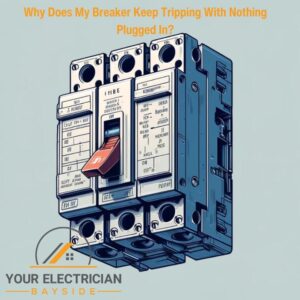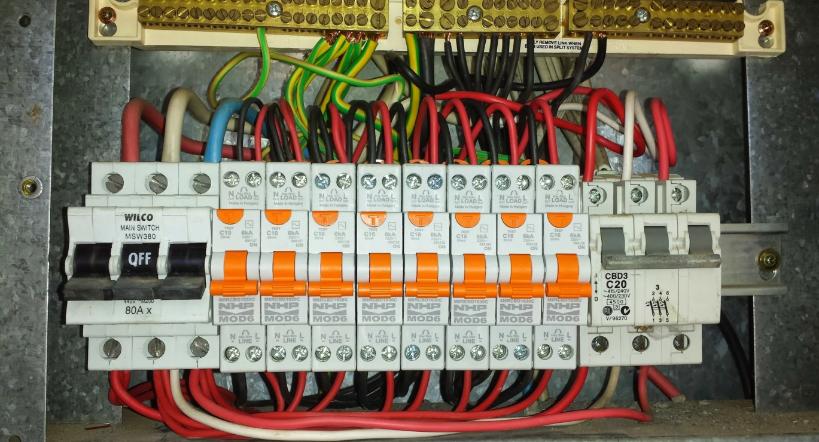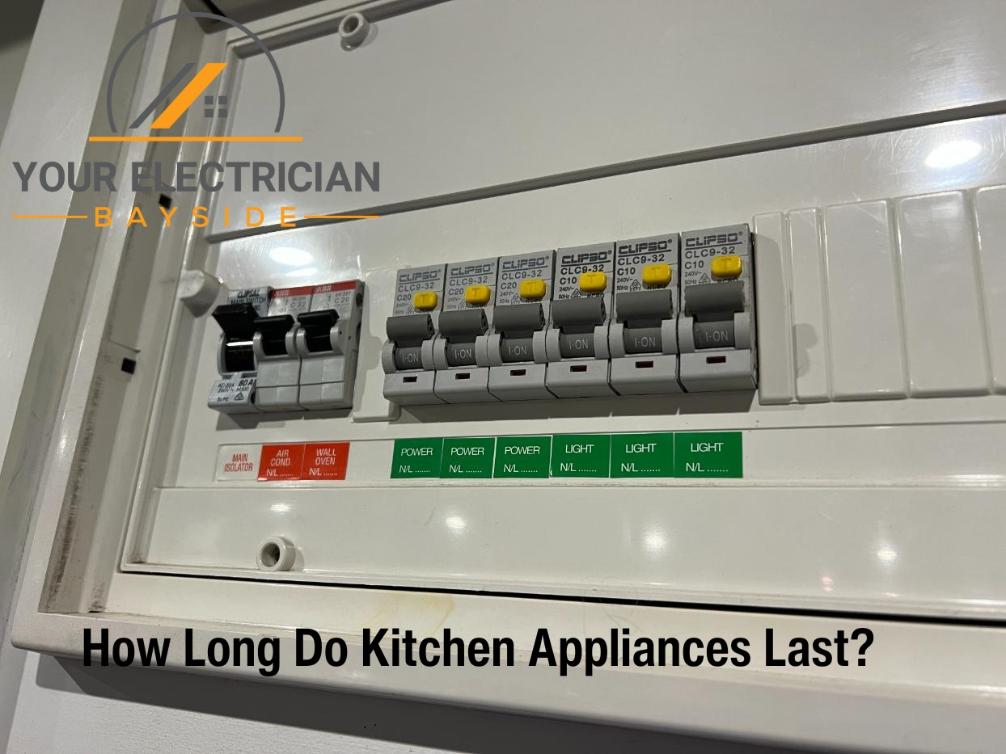A breaker that keeps tripping with nothing plugged in is caused by an overheating appliance, overloaded circuit, ground fault, or short circuit. Knowing about this problem is vital for maintaining the efficiency and safety of any electrical system.
In case the issue persists, it’s best to call professional electricians, as they can accurately diagnose and fix these concerns.
In this post, we’ll discuss the most common causes of a tripping circuit breaker and the steps to fix it.
4 of the Most Common Causes of Circuit Breaker Tripping
The 4 most common causes of circuit breaker tripping are overheating appliance, overloaded circuit, ground fault, and short circuit. Let’s have a closer look at each one below.
Overheating Appliance
When an appliance overheats, it can cause your circuit breaker to trip. This often happens with devices that draw a lot of current, such as kettles or space heaters.
If the appliance generates more heat than it can dissipate, it increases electrical resistance. This extra resistance can significantly increase current flow, prompting the circuit breaker to shut off power to avoid hazards.
Overloaded Circuit
Circuit overload is a prevalent cause of breaker tripping. It occurs when too many devices or appliances are running simultaneously on the same circuit.
Such overloads put excessive demand on the electrical system, leading to a power outage.
Ground Fault
A ground fault is another common reason for circuit breaker trips. It occurs when the active wire comes into contact with a grounding or metal wall box. This causes a surge in electrical current, leading the breaker to trip.
Ground faults often indicate wiring issues, which can be a safety concern, especially in damp areas like bathrooms or kitchens.

Short Circuit
Short circuits are a major cause of circuit breakers tripping. They happen when a hot wire touches a neutral wire, creating a large flow of electricity.
This increased current flow causes the breaker to trip, cutting off the circuit.
5 Important Steps to Fix a Breaker That Keeps Tripping
The 5 important steps to fix a breaker that keeps tripping are to unplug appliances, reset the breaker, reconnect appliances gradually, identify the problematic appliance, and contact a licenced electrician.
Step 1: Unplug Appliances
Firstly, unplug all appliances connected to the circuit. This action reduces the load on the system and helps to identify if the issue is with a specific device or the wiring itself.
Step 2: Reset the Breaker
Next, locate your electrical panel and find the tripped breaker. It should be in the ‘off’ position or in between ‘on’ and ‘off.’ Switch it fully to ‘off,’ then flip it back to ‘on’.
Step 3: Reconnect Appliances Gradually
Once the breaker is reset, start plugging in your appliances one at a time. Wait a few minutes between each to see if the breaker trips again. This gradual approach helps pinpoint the appliance that may be causing the overload or has a fault.
Step 4: Identify the Problematic Appliance
If the breaker trips after connecting a particular appliance, it’s likely the culprit. Check the device for any signs of damage or faults. Sometimes, the issue might be with the appliance’s plug or cord. If everything appears normal, the appliance itself may be faulty.
Step 5: Contact a Licenced Electrician
If you can’t identify the cause or if the breaker continues to trip without any appliances plugged in, it’s time to call a licenced electrician.
How Much Does It Cost to Replace a Circuit Breaker?
It costs $200 to $300 to replace a circuit breaker. The cost of replacement will vary based on factors such as the amp size, installation complexity, and type of breaker.




